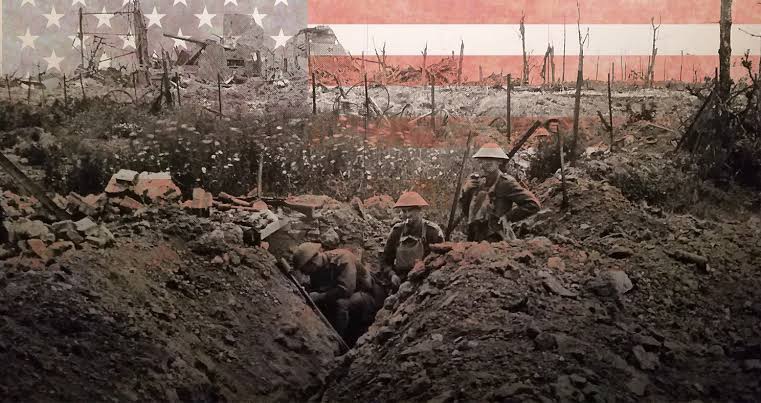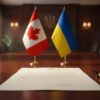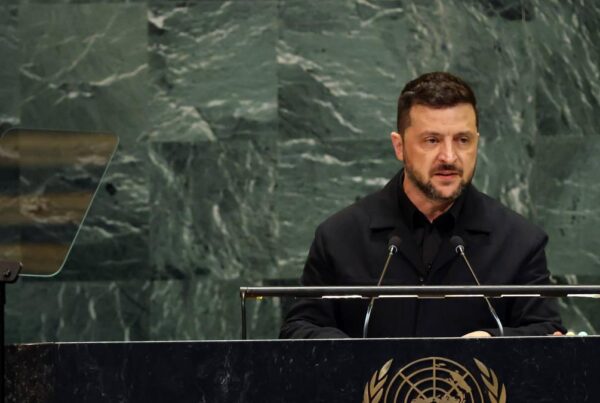When the world was twice engulfed in great wars in the 20th century, the causes lay not in a single event, but in an accumulation of political, economic, and military tensions built over years. World War I and II left massive devastation, and behind them, the United States played a pivotal role, both in the final stages and in shaping the postwar order.
Roots of World War I
By 1914, Europe was trapped in a complex alliance system. The Triple Entente—comprising Britain, France, and Russia—faced the Triple Alliance of Germany, Austria-Hungary, and Italy. Colonial rivalries, an arms race, and rising nationalism in the Balkans acted as tinder for conflict. The direct spark came on June 28, 1914, when Archduke Franz Ferdinand of Austria-Hungary was assassinated in Sarajevo by a Serbian nationalist.
Initially, the United States chose neutrality, but the 1915 sinking of the Lusitania by Germany and the 1917 revelation of the Zimmermann Telegram pushed Washington to act. U.S. entry into the war hastened the defeat of the Central Powers. This involvement extended beyond military might to diplomacy, as seen in the 1919 Treaty of Versailles, which ironically sowed the seeds of the next global conflict.
Path to World War II
Germany’s defeat and the heavy burdens of the Treaty of Versailles fueled resentment. The Great Depression of 1929 shook the global economy, paving the way for authoritarian regimes such as Adolf Hitler in Germany, Benito Mussolini in Italy, and Japan’s militarists. The League of Nations failed to stop aggression, while Germany defied military restrictions and expanded its territory.
On September 1, 1939, Germany invaded Poland. Britain and France immediately declared war. Again, the United States initially stayed neutral, but through the 1941 Lend-Lease Act, Washington supplied arms and logistics to the Allies. The surprise attack on Pearl Harbor on December 7, 1941, was a turning point, forcing the U.S. into full-scale war in both Europe and the Pacific.
America’s Decisive Role
U.S. involvement proved strategic. In Europe, coordination with Britain and the Soviet Union produced major operations such as the 1944 D-Day landings in Normandy. In the Pacific, President Harry S. Truman’s decision to drop atomic bombs on Hiroshima and Nagasaki in August 1945 ended the war against Japan and ushered in the nuclear age.
U.S. Intervention Patterns in Global Conflicts
Since the early 20th century, America has rarely been completely absent from major conflicts. In World War I, it entered to balance power and secure trade routes. In World War II, beyond confronting direct threats, the U.S. leveraged the moment to position itself as a postwar global leader. This pattern continued after 1945, with involvement in Korea, Vietnam, the Gulf War, and interventions in Iraq and Afghanistan often framed as protecting economic interests, maintaining the balance of power, and ensuring geopolitical dominance.
Chronological Overview
Historical data shows a gradual buildup of tension before erupting into world wars. From the assassination of Franz Ferdinand, U.S. entry in 1917, the Treaty of Versailles, the Great Depression, to Germany’s aggression in 1939, events were interconnected. America’s role in each phase as supplier, diplomatic mediator, or military power proved decisive.
Ultimately, the two world wars shaped the global order we know today, with the United States emerging as a dominant power. Washington’s involvement in major conflicts not only determined battlefield outcomes but also molded the political, economic, and security landscape that still influences the modern world.





